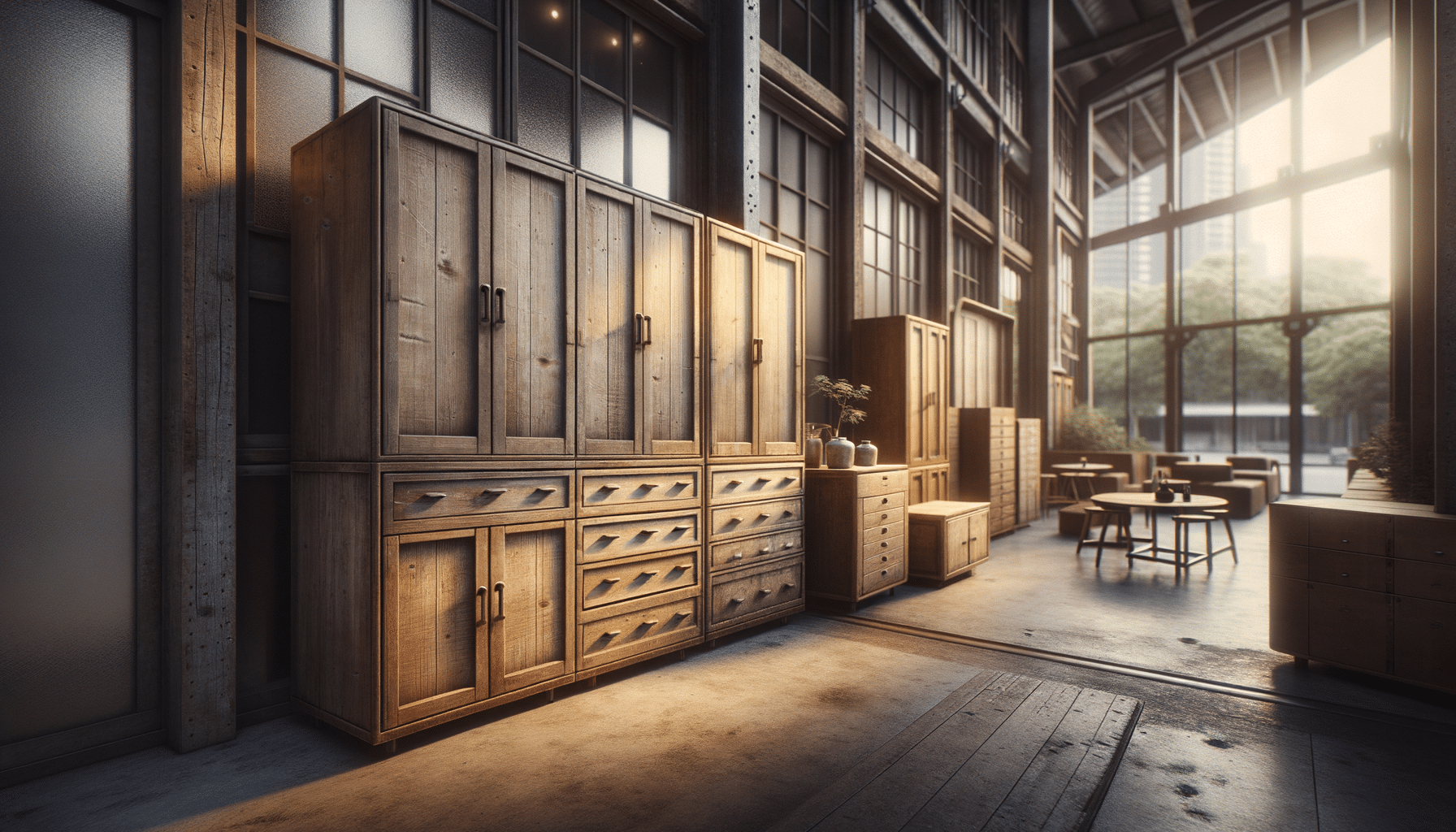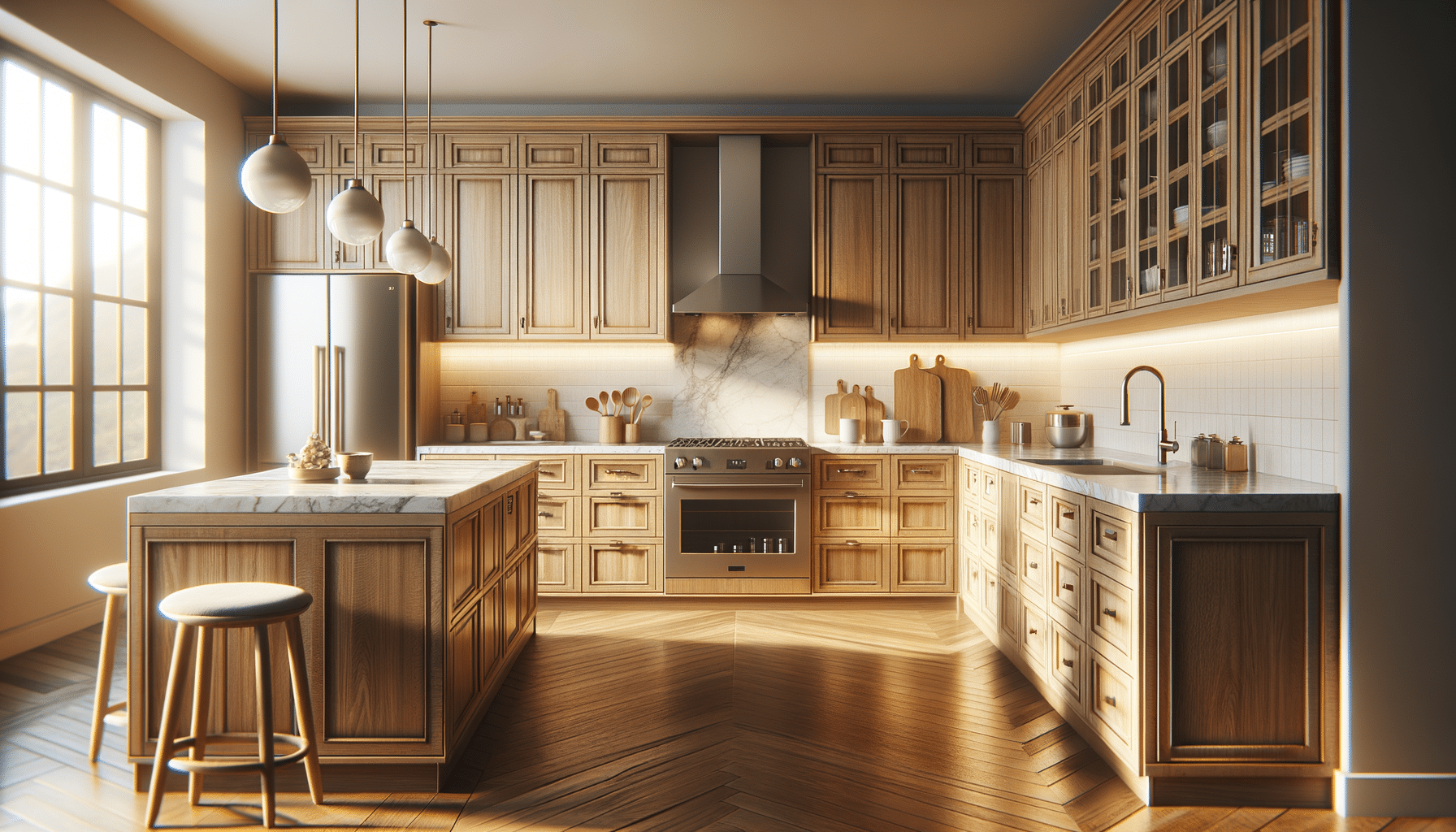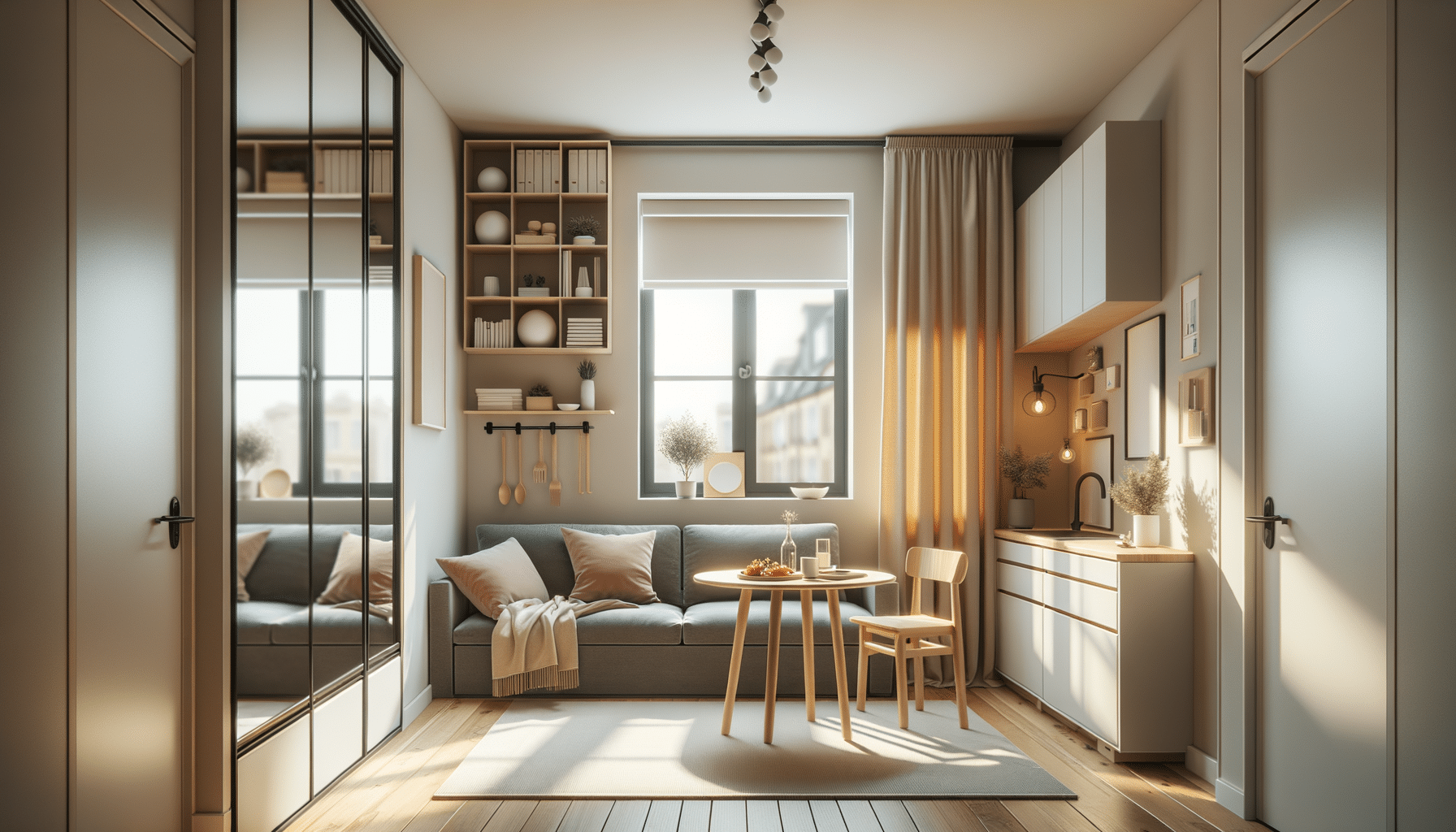
Second-Hand Cabinets: A Practical Guide to Choosing and Using Them
Introduction
In a world where sustainability and cost-effectiveness are increasingly prioritized, second-hand cabinets offer a practical solution for both home and office needs. This guide delves into the factors to consider when purchasing pre-owned cabinets, their versatile uses, and tips for evaluating their quality. By understanding these elements, you can make informed decisions that align with your budget and design preferences.
Factors to Consider When Buying Second-Hand Cabinets
When purchasing second-hand cabinets, several factors need to be considered to ensure you make a worthwhile investment. First and foremost, examine the materials used in the cabinets. Solid wood, plywood, and metal are commonly found in durable cabinets, while particleboard may not offer the same longevity. Solid wood is often appreciated for its durability and aesthetic appeal.
The condition of the cabinets is another crucial aspect. Look for signs of wear and tear, such as scratches, dents, or water damage, which can affect both functionality and appearance. Check the cabinet doors and drawers to ensure they open and close smoothly. Hardware, such as handles and hinges, should be intact and functional.
Durability is key when choosing second-hand cabinets. Consider how the cabinets will be used and the environment they will be placed in. For example, kitchen cabinets should withstand heat and moisture, while office cabinets might need to support heavy files. Ensuring the cabinets are robust enough for their intended use will prevent future expenses on repairs or replacements.
Common Uses of Second-Hand Cabinets in Homes and Offices
Second-hand cabinets are versatile pieces that can be used in various settings, offering both functionality and style. In homes, they are often used in kitchens, bathrooms, and living rooms. Kitchen cabinets provide essential storage for utensils and pantry items, while bathroom cabinets keep toiletries organized. In living rooms, they can serve as entertainment centers or display units.
In office environments, second-hand cabinets are invaluable for organizing documents, supplies, and equipment. Filing cabinets are a staple for storing important paperwork, while larger cabinets can house office supplies or electronics. Their adaptability makes them suitable for both small home offices and larger corporate settings.
Beyond their traditional uses, second-hand cabinets can be repurposed creatively. For instance, a vintage cabinet might be transformed into a stylish bar or a unique piece for a craft room. This adaptability not only enhances functionality but also adds a personal touch to any space.
Tips for Evaluating Cabinet Quality Before Purchasing
Evaluating the quality of second-hand cabinets before purchasing is essential to ensure they meet your needs and expectations. Begin by inspecting the cabinet’s structure. Check for any wobbling or instability, which might indicate structural weakness. Examine the joints and seams to ensure they are tight and free from gaps.
Next, assess the cabinet’s finish. A well-maintained finish not only enhances the cabinet’s appearance but also protects it from damage. Look for signs of peeling, chipping, or discoloration. If the finish is in poor condition, consider whether refinishing is a viable option.
It’s also important to test the functionality of the cabinets. Open and close doors and drawers to ensure they operate smoothly. Check for any unusual noises, such as creaking or grinding, which may indicate alignment issues. Additionally, verify that all hardware, such as handles and hinges, is present and in working order.
Finally, consider the cabinet’s size and dimensions. Ensure they fit the intended space and provide adequate storage. Taking precise measurements beforehand can prevent potential issues with fitting and functionality.
Conclusion
Second-hand cabinets offer a cost-effective and sustainable option for furnishing homes and offices. By considering factors such as materials, condition, and durability, you can make informed decisions that maximize value and functionality. Understanding the common uses and evaluating quality before purchasing ensures that these cabinets meet your specific needs. Embracing second-hand options not only supports environmental sustainability but also allows for creative and personalized design solutions.


